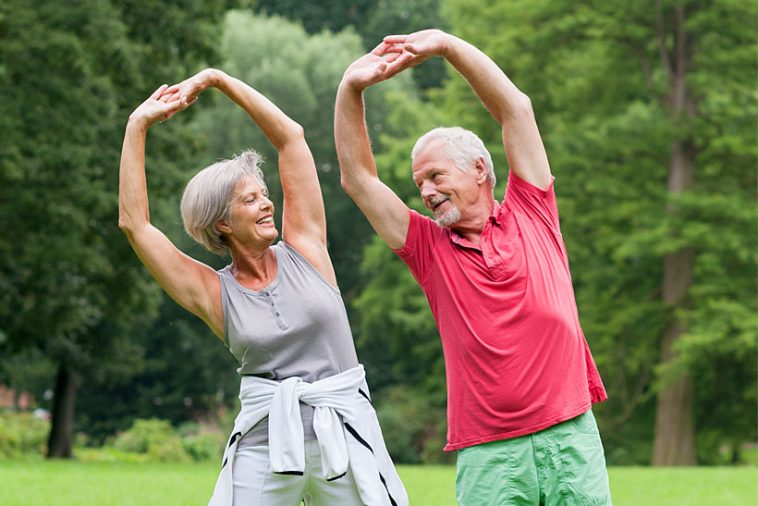- Like
- SHARE
- Digg
- Del
- Tumblr
- VKontakte
- Flattr
- Buffer
- Love This
- Save
- Odnoklassniki
- Meneame
- Blogger
- Amazon
- Yahoo Mail
- Gmail
- AOL
- Newsvine
- HackerNews
- Evernote
- MySpace
- Mail.ru
- Viadeo
- Line
- Comments
- Yummly
- SMS
- Viber
- Telegram
- JOIN
- Skype
- Facebook Messenger
- Kakao
- LiveJournal
- Yammer
- Edgar
- Fintel
- Mix
- Instapaper
- Copy Link
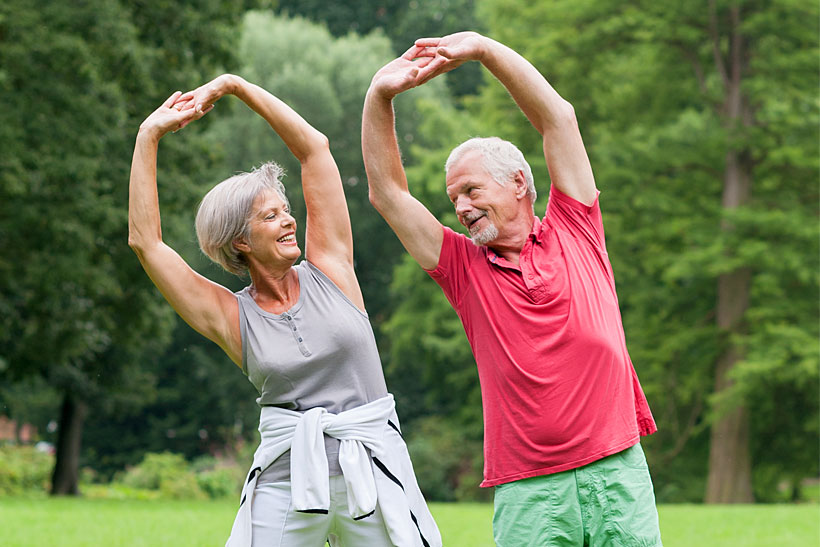 It may sound surprising, but when it comes to fitness, the over 75s are putting the rest of the population to shame: 35-44% of adults over 75 are physically active, compared with only around a third of younger adults. If that’s you or a loved one, that’s great news; studies have shown that regular physical activity combined with good nutrition is one of the best ways to stay independent during later life.
It may sound surprising, but when it comes to fitness, the over 75s are putting the rest of the population to shame: 35-44% of adults over 75 are physically active, compared with only around a third of younger adults. If that’s you or a loved one, that’s great news; studies have shown that regular physical activity combined with good nutrition is one of the best ways to stay independent during later life.
For everyone else, it’s a reminder to commit to training and eating well in order to enjoy an active and fulfilling retirement. Whether you already seek the advice of a personal trainer who is knowledgeable about senior fitness programs, or are just getting started on your senior fitness journey, there’s a lot you can do from home to support a healthier lifestyle.
Home Is Where The (Healthier) Heart Is
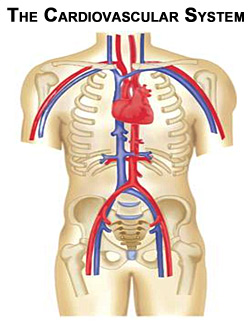 One important aspect of any senior fitness program is finding cardiorespiratory exercise that suits you.
One important aspect of any senior fitness program is finding cardiorespiratory exercise that suits you.
A recent study has found that even a small amount of cardio is better for you than none; with moderately inactive seniors still 14% less at risk of cardiovascular events than those who were completely inactive.
Even if you weren’t planning on going to the gym today, why not call a friend and go for a walk around the neighborhood or set up exercise bikes at home for a fun way to raise your heart rate?
Making your fitness more sociable means you can motivate each other, catch up on the latest news and feel connected, which improves your mental wellness too.
Strong and Supple
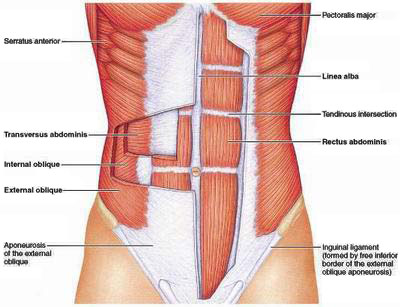 The CDC recommends strength training to help build bone and muscle and promote independence, mobility and energy. In a gym, your trainer will be able to teach you how to lift weights safely and effectively, and you can also ask them for tips on supplementing this at home.
The CDC recommends strength training to help build bone and muscle and promote independence, mobility and energy. In a gym, your trainer will be able to teach you how to lift weights safely and effectively, and you can also ask them for tips on supplementing this at home.
Be careful not to overdo it though; your body needs time to recover and rebuild in between workouts. You may find it effective to walk carrying small water bottles, or do bicep curls using canned goods whilst watching your favorite show.
You can also practice rising from your chair correctly – ask your trainer to check your technique – as these core muscles are crucial for stability and balance.
Fueling Your Fitness
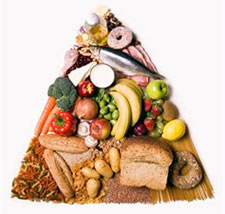 Of course, one of the most important things you can do at home to improve your health is to eat well. The NIA offers helpful advice on senior nutrition, including tips on how to control portion sizes and ensure a wide variety of nutrients in your food.
Of course, one of the most important things you can do at home to improve your health is to eat well. The NIA offers helpful advice on senior nutrition, including tips on how to control portion sizes and ensure a wide variety of nutrients in your food.
As we age, the importance of the quality of foods we consume only grows. Therefore, paying attention to and properly maintaining our energy and nutrient requirements for optimal health is something we don’t want to neglect.
To support an active lifestyle, try cutting down on fatty foods and adding slow release energy sources such as wholegrain pasta or rice, and good quality proteins such as eggs, lean meat or seafood.
In Conclusion
Committing to a healthy, active approach to later life is one of the best decisions you can make. A personal trainer can add real value by finding ways for you to work out safely and effectively, and with their advice you can support this at home. By making a few small changes to your daily diet and routine, you can enjoy strength and success in your senior years.
About Shannon Clark
Shannon holds a degree in Exercise Science and is a certified personal trainer and fitness writer with over 10 years of industry experience.

